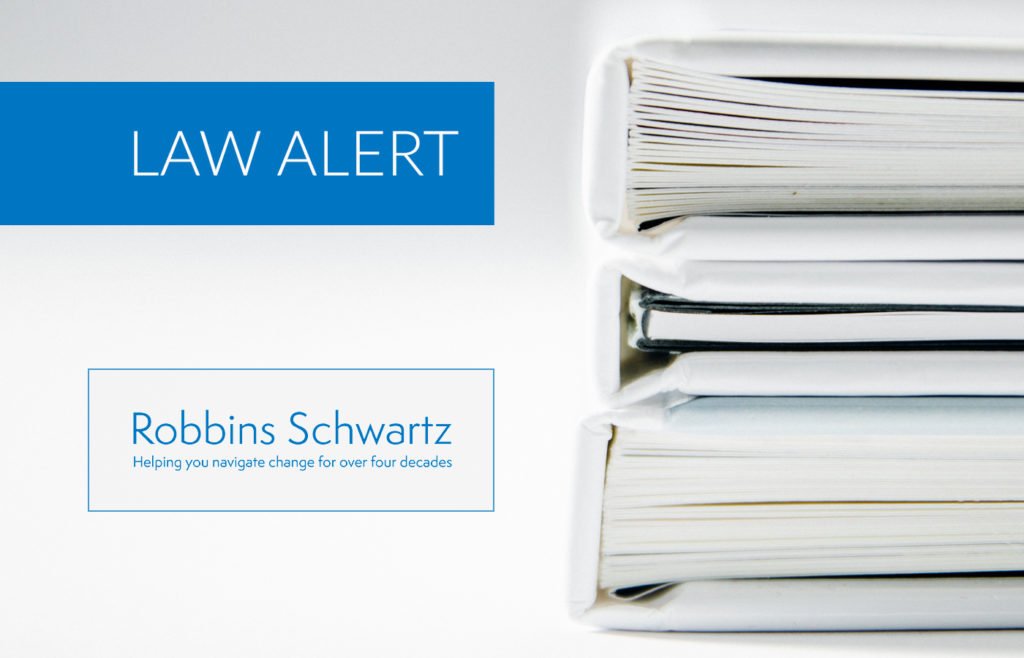
ERO Extended – But Eligibility Now Determined Locally
Jul 26, 2013
Share to:
Public Act 98-0042, effective June 28, 2013, extends the state Early Retirement Option (“ERO”) for TRS employees through June 30, 2016. The new law provides that a local school district may adopt eligibility criteria for ERO applicants retiring after June 30, 2013 with the mutual consent of the district’s exclusive bargaining representative. Increased contributions from both the employer and employee are also effective for new ERO retirees.
The Act allows teachers who retire on or before June 30, 2013 (or by January 1, 2014 if a notice of intent to retire was filed with the employer by June 30, 2013 and the teacher turns 55 anytime from July 1, 2013 through December 31, 2013) to qualify for the “old” ERO. Such employees must stop teaching on or before June 30, 2013. For these teachers, the “old” contribution rates apply – for employees: 11.5% of the applicable salary for the lesser of each year the employee is under age 60 or below 35 years of service; and, for employers: 23.5% of the applicable salary for each year the employee is under age 60. The employer also retains the right to apply its participation limit (the 10% rule) to those eligible for the “old” ERO.
For employees retiring after June 30, 2013 and before July 1, 2016, schools must adopt eligibility criteria with the mutual consent of the employee bargaining representative. There is no specification or limitation in the Act with respect to the type of criteria that may be adopted. We anticipate that the most common criterion will be a minimum length of service requirement with the district. Additionally, districts will likely want to retain a participation limit similar to the current 10% rule.
New ERO applicants must obtain a “certificate of eligibility” from the district indicating that the employee satisfied the district’s criteria. For those eligible, new contribution rates apply – for employees: 14.4% of the applicable salary for the lesser of each year the employee is under age 60 or below 35 years of service; and, for employers: 29.3% of the applicable salary for each year the employee is under age 60.
As a result of this change in the law, we recommend that districts work expediently to adopt new criteria for ERO eligibility. Beginning this process now is important so that criteria are in place in the event employees seek to retire and apply for ERO sometime during the 2013-2014 school year. As a placeholder while you discuss the matter with the union, a district could seek consent to apply the age, years of service or other criteria already in place for the district’s retirement incentive (if one exists). Additionally, districts may wish to establish a participation limit similar to the 10% rule to avoid unmanageable numbers of ERO participants. There is no prohibition against changing the criteria and this may provide some stability while you are engaged in discussions with the union for a more permanent solution.
Todd K. Hayden, a partner in the firm’s Mokena office, prepared this Law Alert.
